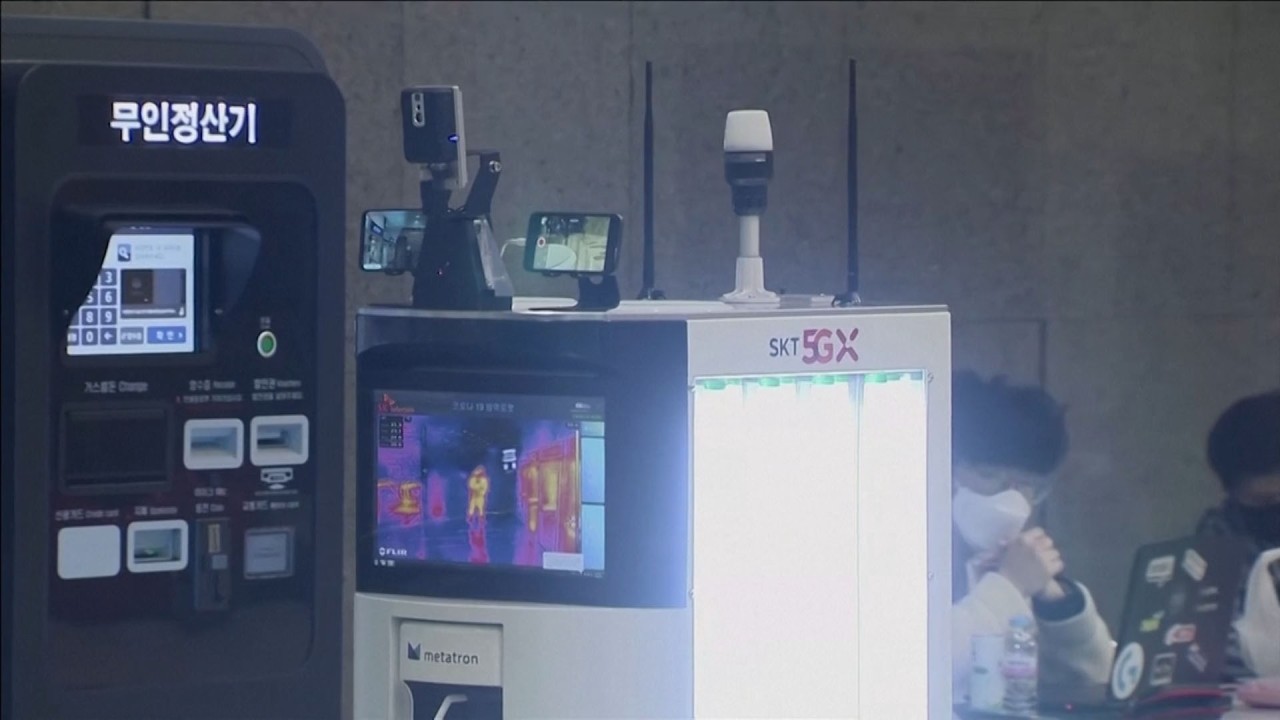What China Investment Corporation’s deal in Sydney says about Asia’s property market
- China’s sovereign wealth fund’s acquisition of an additional stake in an office tower in Sydney’s central business district is symptomatic of the state of the property market in the region, which has not experienced the crisis seen elsewhere

The deal is not just Australia’s largest office sale this year, it is also the world’s third largest partial office transaction, and ranks among the top 10 office deals in the Asia-Pacific region. What is more, it is a major cross-border transaction at a time when the share of overseas investment in global commercial property deals has fallen sharply due to the fallout from the Covid-19 pandemic, putting pressure on markets, such as Australia, that are more reliant on foreign capital.
However, in the Asia-Pacific region, cross-border investment increased by 45 per cent quarter on quarter in the third quarter of this year, driven by an increase in intraregional deals, data from CBRE shows. Indeed, Asia is leading a global recovery in investment activity, with transaction volumes down just 19 per cent in annualised terms last quarter, compared with a 63 per cent plunge in America and Canada, separate data from JLL shows.
Asia’s outperformance can be attributed to a confluence of factors – some of them external, others region-specific – that has minimised the impact of the pandemic on the region’s real estate investment markets.

07:15
How hi-tech solutions are being used across Asia to cope with the coronavirus pandemic

